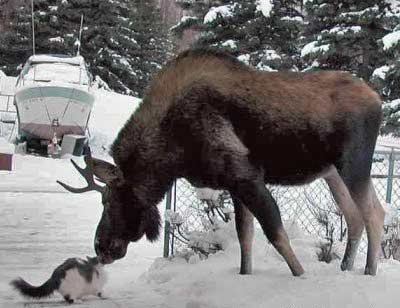Explaining McCain’s red streak in a sea of blue and the Southern Blue Streak
Monday, November 17th, 2008A rather bizarre flakey assessment I wrote onto a blog entry on May 7.
If Obama wins by 7 or 8 percentage points, North Carolina will probably be in his [Obama’s] column.
Obama won North Carolina by less than half a percentage point. And he won the election by 6.7 percentage points. I was off, if you add the margins, by a full percentage point in saying where North Carolina would tip to Obama’s column. Though, I can say, I was better on the mark than Dick Morris’s map, which was — to be sure, insane. I had no reason to be right — what the heck do I know about North Carolina? I would say I unconciously picked the numbers out from a Larry Sabato analysis, but it’s probably more endemic to the fact that I am able to reference Larry Sabato’s name.
The New York Times has provided some dynamic maps to look at, which would be worth playing around with except I can’t think of any clever things to try to pierce or puncture regarding our electoral demagraphics. Also, one missing dimension here is comparsions with previous elections. The one thing I can note, off hand, is that going backward from 100, the percentage of blacks in a county at which the first county which went for McCain shows up is 50. The counties all lie within that corner of the Southeast which is the “Black Belt”, from which I can suggest that odd interplay between that odd red belt, a region of white dominated rural south which are concentrated in Appalachia and the Ozarks spotted in a map I posted a few posts back, where McCain outperformed Bush– and that “Black Belt”, the stretch of land spottable on the map because it is a blue stretch in a sea of red.
Here’s my basic boiler-plate not fully formed understanding of the dynamics at play historically. The “Black Belt” is so named because of its rich, dark, black soil — making it the home of the large land owning plantations, which also gave it its double meaning due to them being the purchasers of large quantities of black slaves. The gentry of the “Black Belt” exerted an inordinate amount of power and political leverage, due to not just it controlling the flow of commerce in the agarian and rather feudalistic economy, but also due to slaves counting in fractions in census figures, and later counting as disenfranchised freemen.
Meanwhile, up in the hills, Coal-Mining country amongst other fields, Populist Revolts easily brewed. Andrew Jackson’s “Democracy” Revolt in the 1820s surely qualifies — as the rabble pushed aside the Indians in pursuit of their own parcels of land. But this matter is better exemplified by Benjamin Tillman in the late nineteenth century, railing against the sissified nancy-boys being churned out by the fancy universities of the Gentry, as well guarding the purity of white womanhood from the hordes of the n-g-rs. So, there was that double-barrelled assault, one class-based and one race-based, and all with a sense of righting a grievance of disrespect. The “Southern Bourbons” I guess can best exemplify by the figure of Harry Byrd, who kept state expenditures low, kept a tight lid on who ran state government, and kept the voting percentage nice and low — into the teens in the 1950s (in that sense, the opposite of the Benjamin Tillman’s of the world, rallying the poor white male farmers). This is a rougher guage of Southern politics than I would like, geographically out of whack in the case of Byrd. But some electoral effects remain anyway.Â
Skip to the year 2008, 2 and probably better described as 3 voting rights acts later, a lot of electioneering pulling every which way, and the two sub-regions are still spottable on the map — one a red streak in a sea of blue when you color-coordinate the map for voting shifts, the other a blue streak in a sea of (regional) red when plopped down on current voting (a little less dynamic in that sense). Geography is fate, and the past isn’t even past or history.



